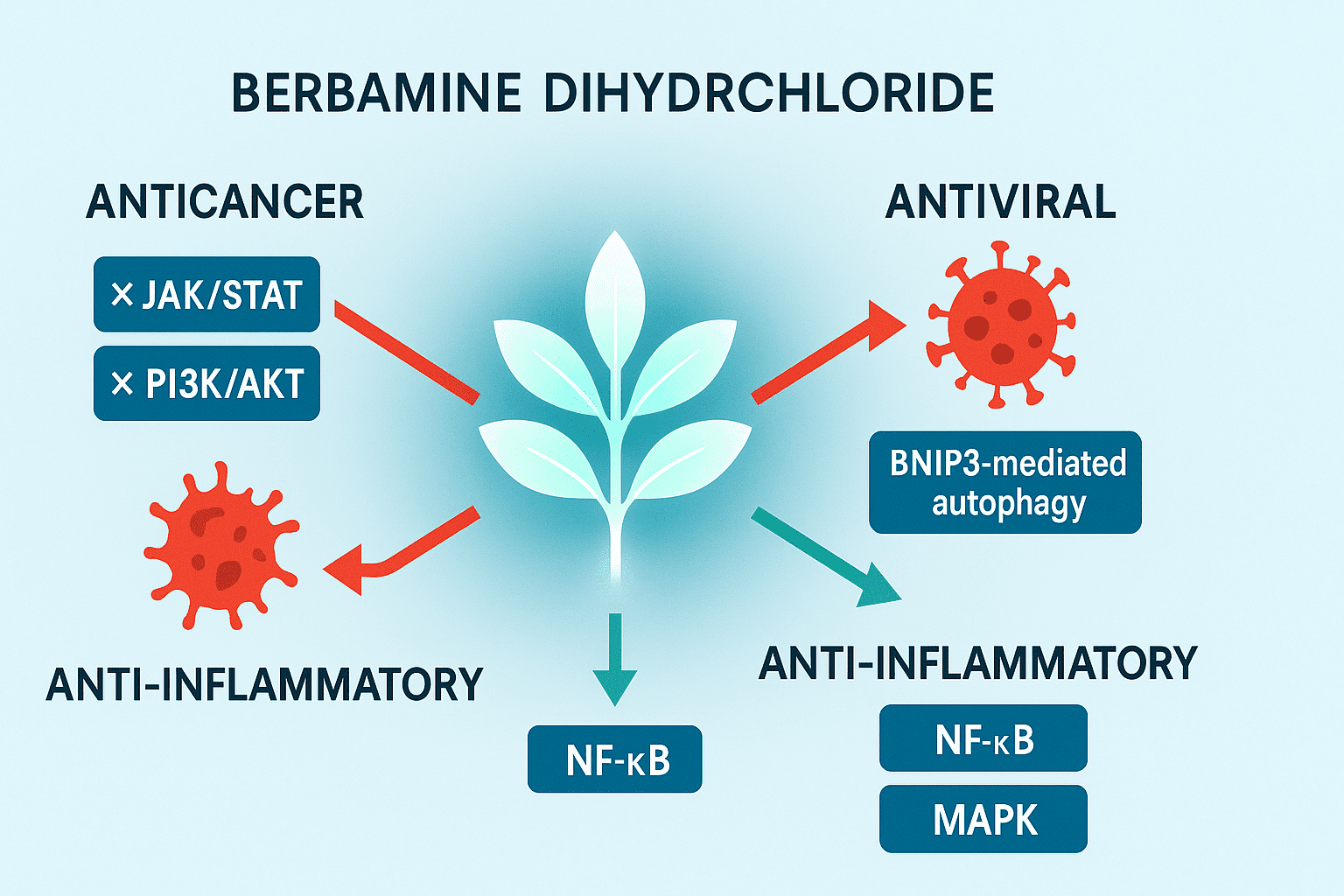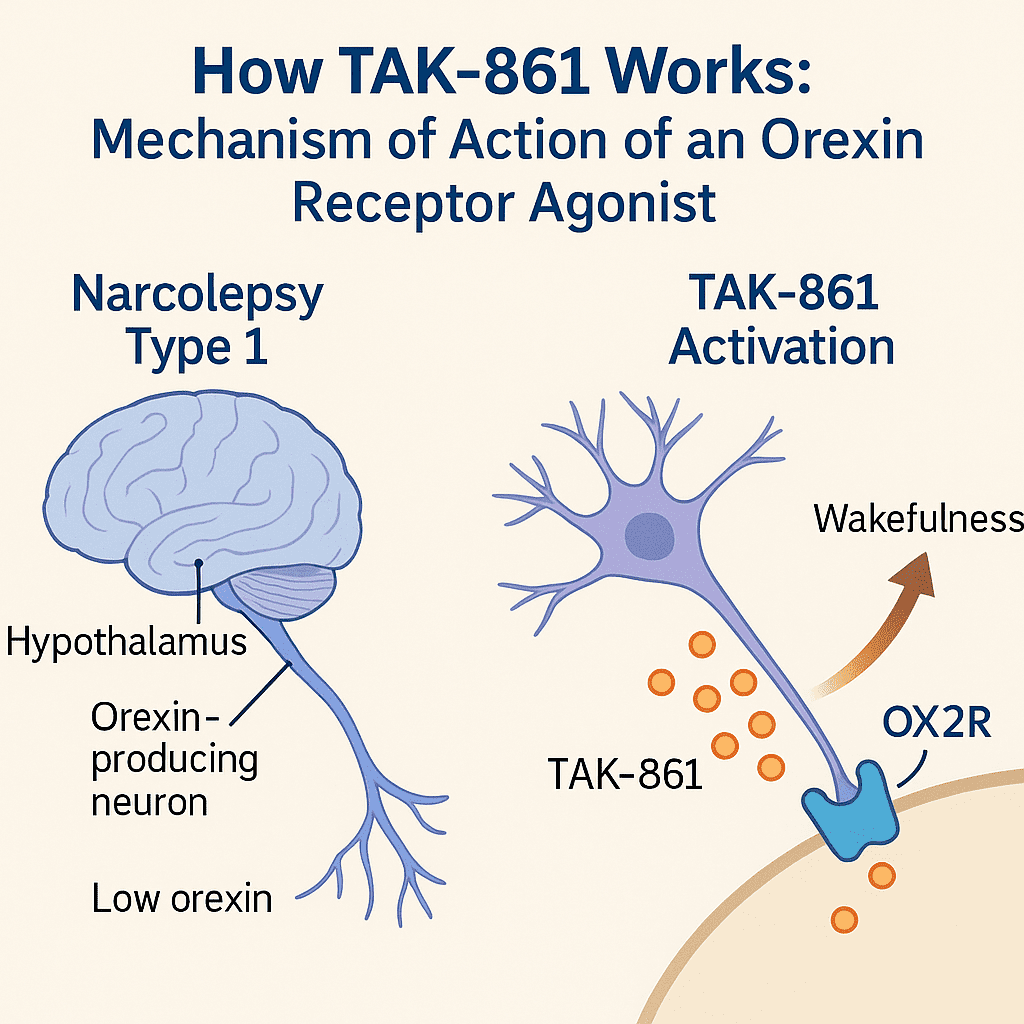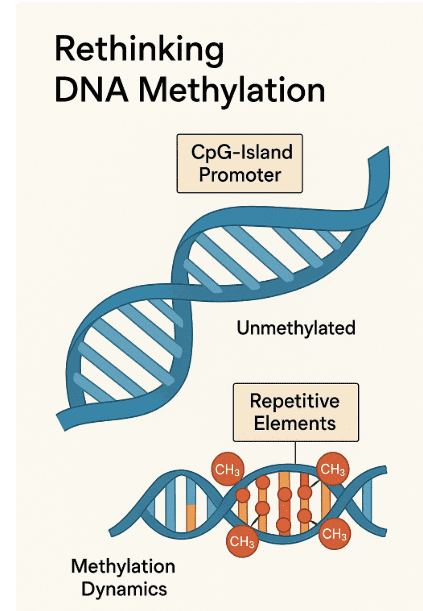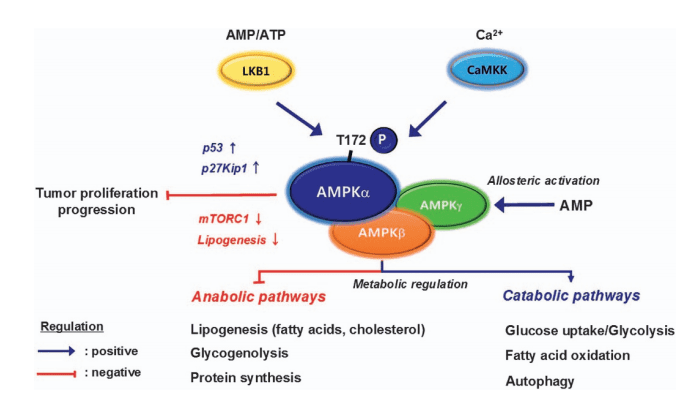Unlocking Antibiotic Efficacy: The Role of Bacterial Porins in Gram-Negative Bacteria
Abstract
This blog explores the mechanisms of bacterial porins and their role in antibiotic permeation, particularly focusing on Gram-negative bacteria. Despite advancements in antibiotic development, infectious diseases remain a major health threat. Understanding how antibiotics penetrate bacterial membranes is crucial for enhancing their efficacy and addressing the growing issue of antibiotic resistance. This post will delve into the structural characteristics of porins, their functions, and implications for antibiotic delivery.
Introduction
Antibiotic resistance poses a significant challenge in modern medicine, threatening the effectiveness of existing therapeutic agents against pathogenic bacteria. Among these, Gram-negative bacteria stand out due to their complex outer membranes, which act as formidable barriers to antibiotic entry. Central to this barrier are bacterial porins—proteins that facilitate the passive transport of molecules across the membrane. Understanding the structure and function of porins is essential for developing strategies to enhance antibiotic delivery and combat resistance. This blog post synthesizes insights from the research of Prajapati et al. (2021), discussing the intricate interplay between porins and antibiotic permeation.
Figure 1. (A) Schematic representation of the cell envelope belonging to Gram-negative bacteria. OM channels responsible for the influx of nutrients and antibiotics as well as efflux pumps which remove antibiotics from the inside of the cell are depicted. (B) All-atom model of the trimeric porin OmpE36 from E. cloacae embedded into a LPS-containing membrane of type K-12 from E. coli.
The Structure of Bacterial Porins
Bacterial porins are integral membrane proteins that form channels in the outer membrane of Gram-negative bacteria. These porins typically feature β-barrel structures composed of β-strands that create a hydrophilic channel. This structural design allows for the selective transport of small molecules, including nutrients and antibiotics, while simultaneously acting as a barrier to larger, potentially harmful compounds.
The diversity in porin structure is significant; for instance, porins such as OmpF and OmpC in Escherichia coli exhibit different pore sizes and selectivity profiles. OmpF possesses a larger pore diameter, facilitating the diffusion of larger solutes, whereas OmpC has a narrower channel that offers more stringent selectivity. This structural variability is crucial for bacterial adaptability, allowing them to modify their permeability in response to environmental changes.
In addition to size, the electrostatic properties of porins influence their permeability. The charge of the amino acids lining the pore can create an electrostatic gradient that affects the transport of charged molecules. For example, antibiotics with positive charges may find it more challenging to traverse porins with similarly charged residues, leading to reduced efficacy. Understanding the structural characteristics of porins enables researchers to predict which antibiotics can effectively penetrate bacterial membranes.
Mechanisms of Antibiotic Permeation
The permeation of antibiotics through porins is a multifaceted process influenced by various factors:
Molecular Size and Charge
Antibiotics vary in size and charge, which directly impacts their ability to traverse porin channels. Generally, smaller, uncharged, or negatively charged molecules can diffuse through more easily than larger or positively charged antibiotics. For instance, beta-lactam antibiotics, such as penicillin and ampicillin, are relatively small and have been shown to effectively diffuse through porins.
Conversely, larger molecules like vancomycin struggle to penetrate the outer membrane due to their size and the stringent selectivity of porins. This highlights the importance of designing antibiotics with molecular properties that facilitate porin-mediated entry.
Porin Specificity
Porin channels exhibit varying degrees of specificity for different substrates, which can significantly influence antibiotic susceptibility. Different porins are tailored to transport distinct classes of molecules. For example, OmpF allows the passage of small hydrophilic molecules, while other porins, such as OmpC, may restrict access to larger antibiotics or specific ions.
Research has indicated that the combination of porins present in a bacterial strain can dictate overall antibiotic susceptibility. In some cases, bacteria can express alternative porins that preferentially transport certain antibiotics while excluding others. This adaptability can lead to the emergence of multidrug-resistant strains, complicating treatment options.
Environmental Conditions
The surrounding environment plays a crucial role in determining porin function and, consequently, antibiotic permeation. Factors such as osmotic pressure, temperature, and the presence of specific ions can affect the conformation and permeability of porins. For example, changes in ionic strength may induce conformational shifts in porin structures, potentially altering their selectivity and permeability.
Furthermore, bacterial biofilms, which are structured communities of bacteria encased in a self-produced matrix, can further complicate antibiotic penetration. The biofilm matrix can physically hinder antibiotic diffusion, rendering many antibiotics ineffective against biofilm-associated bacteria. Understanding the environmental cues that influence porin expression and function is essential for developing effective strategies against biofilm-associated infections.
Factors Influencing Porin Function
Several factors can modulate the activity of porins, ultimately impacting antibiotic effectiveness:
Porin Expression
The expression of porins can be dynamically regulated in response to environmental stressors, including the presence of antibiotics. Some bacteria may downregulate porin expression when exposed to antibiotics as a protective mechanism, reducing their susceptibility to treatment. For instance, studies have shown that E. coli can decrease the expression of OmpF when exposed to certain beta-lactam antibiotics, effectively lowering antibiotic influx.
Conversely, under nutrient-rich conditions, bacteria may upregulate porin expression to enhance nutrient uptake. This regulation of porin expression can create a double-edged sword: while it enhances nutrient acquisition, it can also increase antibiotic susceptibility.
Genetic Mutations
Genetic mutations in porin genes can have profound effects on permeability and antibiotic susceptibility. Mutations can lead to alterations in the amino acid sequence of porins, resulting in changes to the size, charge, or overall structure of the channel. For example, specific mutations in the OmpF porin have been linked to decreased susceptibility to certain antibiotics, demonstrating how bacteria can adapt their porins to survive in the presence of drugs.
In some instances, horizontal gene transfer can introduce new porin genes into a bacterial population, conferring novel permeability characteristics and potentially leading to antibiotic resistance. Such genetic plasticity underscores the need for continuous monitoring of bacterial populations and their resistance mechanisms.
Biofilm Formation
Biofilm formation is a critical factor influencing antibiotic resistance in Gram-negative bacteria. In natural environments, bacteria often exist in biofilms, which are structured communities encased in a self-produced extracellular matrix. This matrix can act as a physical barrier, significantly hindering antibiotic penetration and rendering many treatments ineffective.
Biofilm-associated bacteria may express different porins compared to their planktonic counterparts. The altered expression patterns can further complicate treatment strategies, as the antibiotics that are effective against free-floating bacteria may not penetrate biofilms effectively. Strategies targeting biofilms must account for the unique porin profiles of biofilm-associated bacteria to enhance treatment efficacy.
Implications for Antibiotic Resistance
The relationship between porins and antibiotic resistance has significant implications for public health and treatment strategies:
Targeting Porin Pathways
Research is increasingly focused on developing molecules that can enhance porin permeability to specific antibiotics. By stabilizing porin channels or altering their conformation, researchers aim to facilitate increased antibiotic entry. Such strategies may prove particularly effective against multidrug-resistant strains of bacteria, providing a novel avenue for treatment.
Combination Therapies
Combining antibiotics with agents that inhibit porin downregulation or restore porin function can counteract resistance mechanisms. For instance, pairing beta-lactam antibiotics with compounds that inhibit porin repression could enhance treatment outcomes. This approach aims to ensure higher intracellular concentrations of antibiotics, maximizing their efficacy against resistant strains.
Nanotechnology Applications
Advancements in nanotechnology are being explored to improve antibiotic delivery. Nanoparticles designed to interact with porins may facilitate the transport of antibiotics across bacterial membranes, providing targeted delivery that minimizes the required dosages and reduces potential side effects. These innovations hold promise for overcoming the barriers posed by porin-mediated antibiotic resistance.
Future Directions
Ongoing research is essential to deepen our understanding of porins and their interactions with antibiotics. Techniques such as cryo-electron microscopy and molecular dynamics simulations are being employed to visualize porin structures and their dynamics in real-time. This research aims to elucidate how conformational changes in porins occur in response to environmental stimuli or antibiotic binding.
Moreover, there is growing interest in studying the role of porins in the context of the human microbiome. As our understanding of the microbiome expands, so too does the need to investigate how porins in commensal bacteria might influence the efficacy of antibiotics used to treat infections. Understanding these interactions could pave the way for more effective and targeted treatments that minimize disruption to beneficial microbial communities.
In summary, bacterial porins serve as crucial gateways for antibiotics, significantly influencing their effectiveness and the overall landscape of antibiotic resistance. Continued research in this area is vital for developing innovative strategies to combat one of the most pressing challenges in modern medicine.
Conclusion
Bacterial porins play a crucial role in the permeation of antibiotics, significantly influencing the efficacy of treatment against Gram-negative bacterial infections. As antibiotic resistance continues to challenge public health, understanding the mechanisms underlying porin function offers promising avenues for enhancing antibiotic delivery. Future research must focus on exploiting these insights to develop innovative approaches that can effectively combat bacterial resistance.
References
- Prajapati, J. D., Kleinekathöfer, U., & Winterhalter, M. (2021). How to enter a bacterium: Bacterial porins and the permeation of antibiotics. Chemical Reviews, 121(9), 5158-5192.
- Prajapati, J. D., Kleinekathöfer, U., & Winterhalter, M. (2021). How to enter a bacterium: Bacterial porins and the permeation of antibiotics. Chemical Reviews, 121(9), 5158-5192.
- Srikrishna, A. R., & Cisar, J. O. (2008). The role of porins in antibiotic resistance of Gram-negative bacteria. Infection and Immunity, 76(3), 1132-1137.
- Rojas, E. A., & Elkins, C. (2015). Antimicrobial resistance in Gram-negative bacteria: The role of porins. Current Topics in Microbiology and Immunology, 398, 113-130.
- van den Berg, B., & Montal, M. (2004). The structure and function of bacterial porins. Current Opinion in Structural Biology, 14(4), 554-561.
- Hagan, C. L., & Hohmann, S. (2010). Bacterial porins: Permeation, selectivity, and regulation. Annual Review of Microbiology, 64, 197-214. https://doi.org/10.1146/annurev.micro.112408.134128
- Zgurskaya, H. I., & Nikaido, H. (1999). Multidrug resistance in bacteria: Mechanisms and strategies. Biochimica et Biophysica Acta (BBA) – Biomembranes, 1461(3), 321-336. https://doi.org/10.1016/S0005-2736(99)00161-5
- Zgurskaya, H. I., & Nikaido, H. (2000). Permeation of antibiotics through bacterial porins. Infectious Disease Clinics of North America, 14(3), 707-721. https://doi.org/10.1016/S0891-5520(05)70096-5
- Möller, S., & Mikkelsen, H. (2019). The role of porins in Gram-negative bacterial infections. Journal of Medical Microbiology, 68(10), 1483-1490. https://doi.org/10.1099/jmm.0.001158
- Krog, I., & Sandberg, T. (2021). Antibiotic resistance mechanisms in Gram-negative bacteria: The role of porins. Microbiology, 167(2). https://doi.org/10.1099/mic.0.001061




